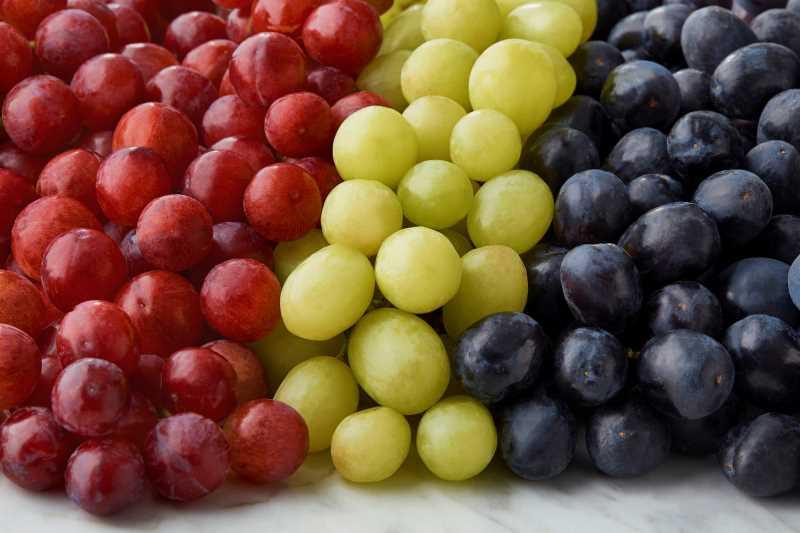Australia grape sector making great strides
Australia’s table grape sector is going from strength to strength, raising production by more than a third and exports by 50% in the past decade. According to a USDA report, despite 2 years of declining production and exports due to COVID-19 constraints, investments in vineyards prior to and during the pandemic have set the industry on a path to continue its upward trend. With exports on par with Egypt and the European Union and effectively competing with other Southern Hemisphere suppliers in Asia, Australia has become a significant world player.
A combination column and line graph comparing production, exports, and consumption, of Australian table grapes. In MY 2022/23, all three categories are projected to be near their all-time highs.
Australian table grapes are grown in six of the eight states and territories, with production concentrated in Victoria and New South Wales. The Sunraysia and Murray Valley regions in Victoria account for more than 70 percent of production, while the two Riverina areas in New South Wales account for 10 percent. Both regions are characterized by a temperate climate, in which mild winters have sufficient chill hours to stimulate growth and encourage bud burst. Annual rainfall is low, occurring mostly outside the harvest period, and with free-draining sandy loam soil, vineyards are heavily dependent on irrigated water supplies. Australia’s harvest cycle starts in October in the Northern Territory and ends in May, with the bulk of production in the southern states of Victoria and New South Wales.
Australia ranks 13th among the world’s producers, averaging nearly 200,000 tons during the past 5 years, and fifth among Southern Hemisphere producers (based on 2021/221 estimates). Australia’s share of global production has been steady at 1 percent but has risen to 6 percent for Southern Hemisphere production. At the same time, Australia’s share of global exports has remained nearly flat at 3 percent but has risen to 7 percent among Southern Hemisphere countries, reaching as high as 10 percent in 2019/2020.



